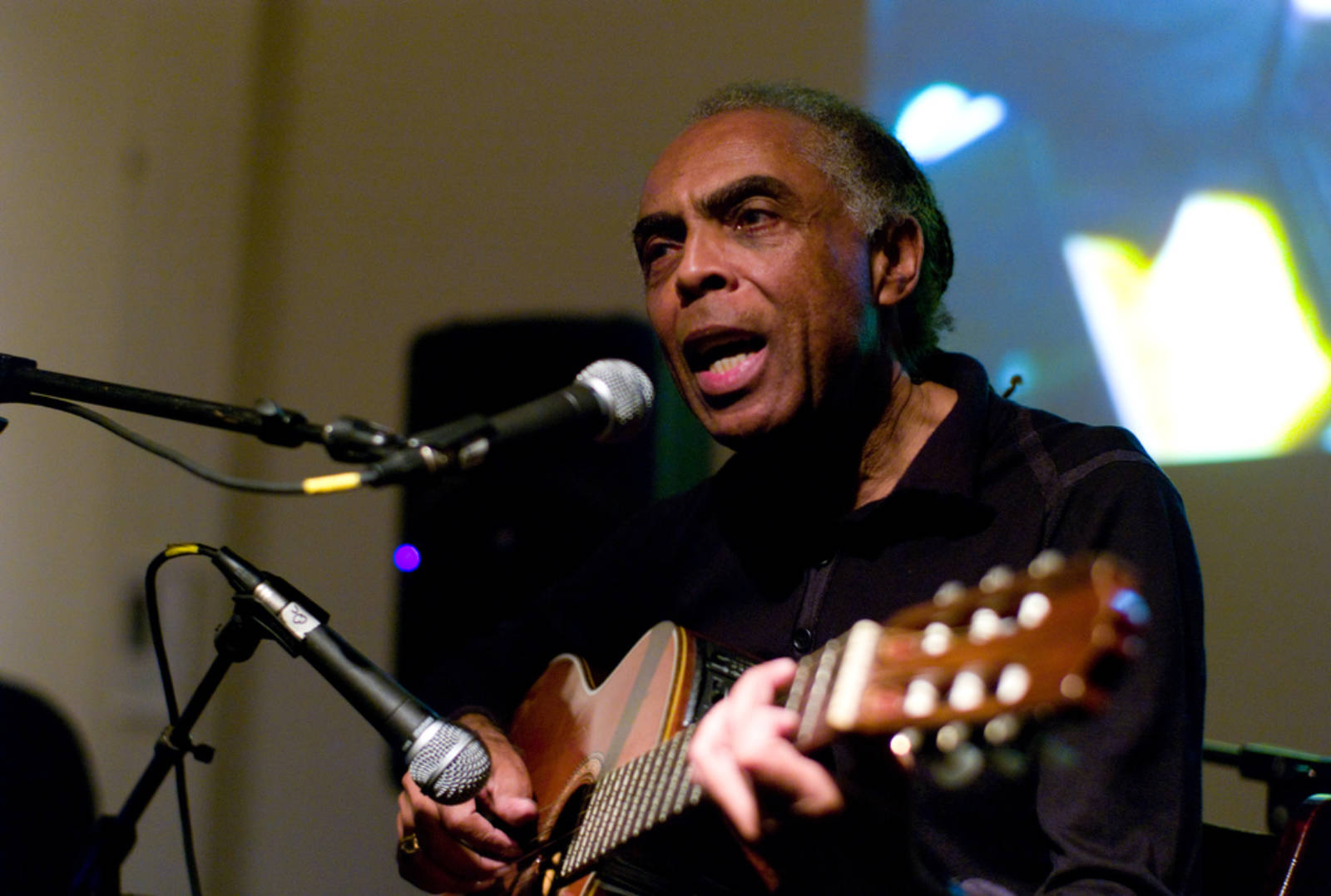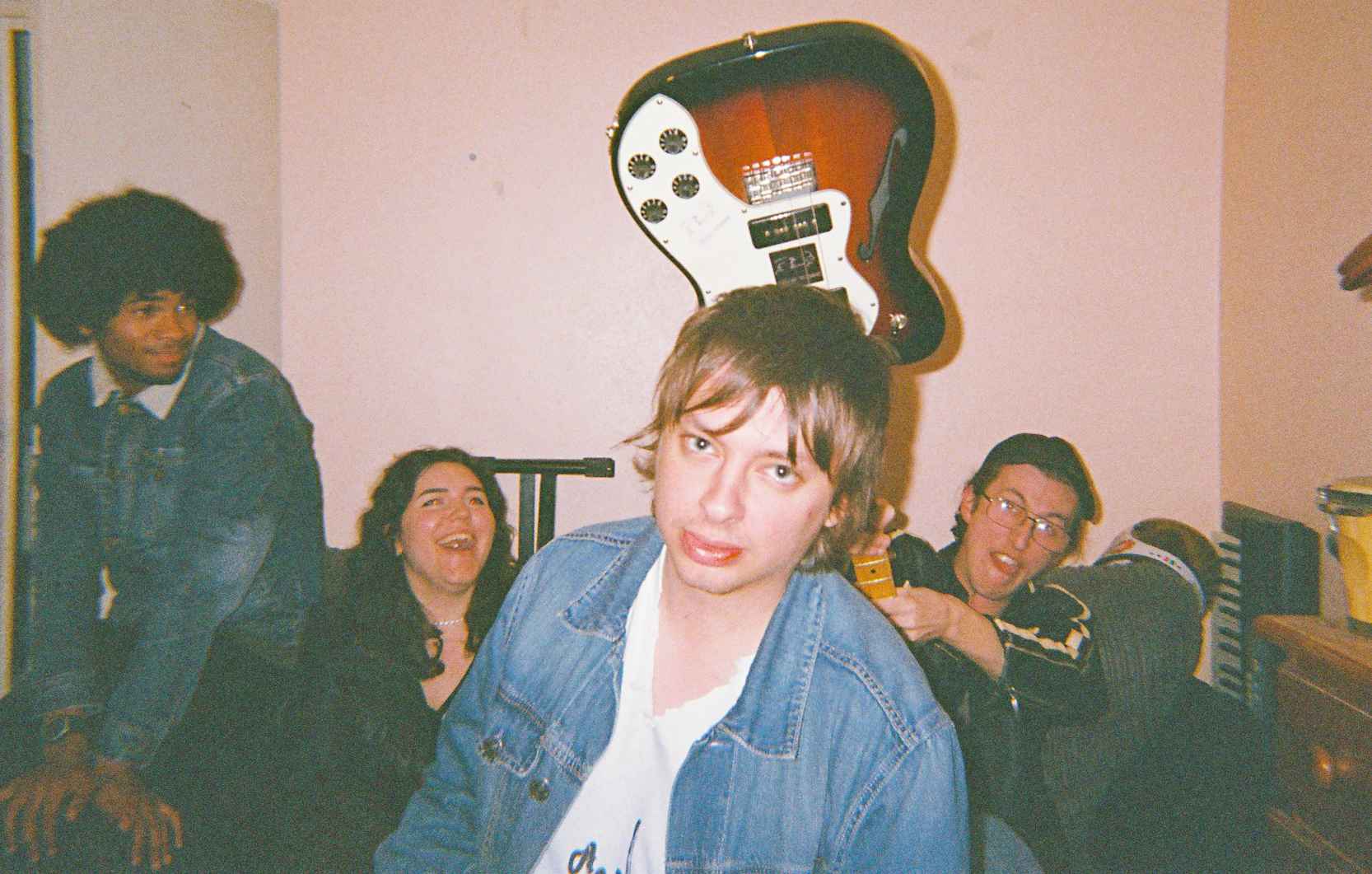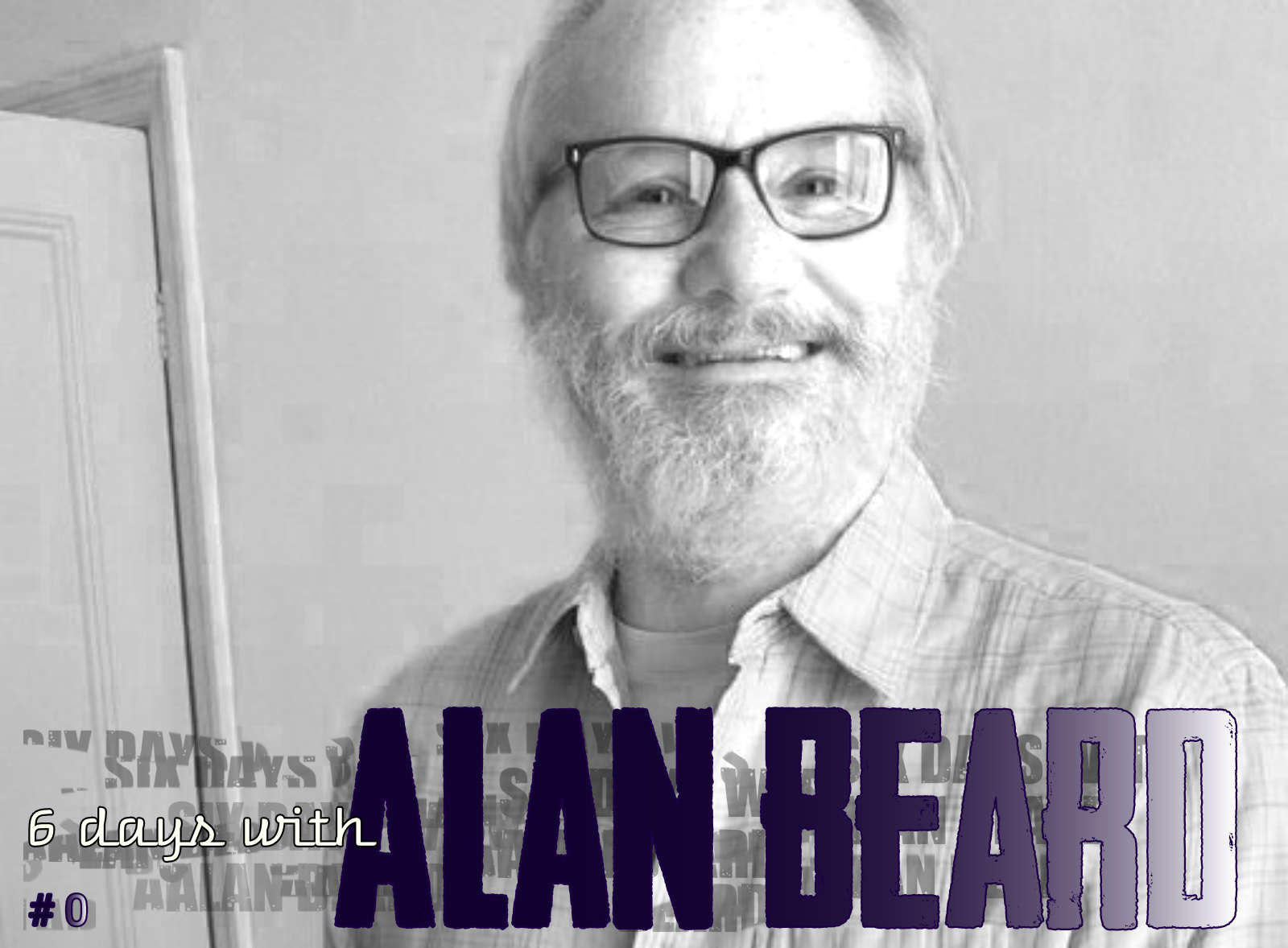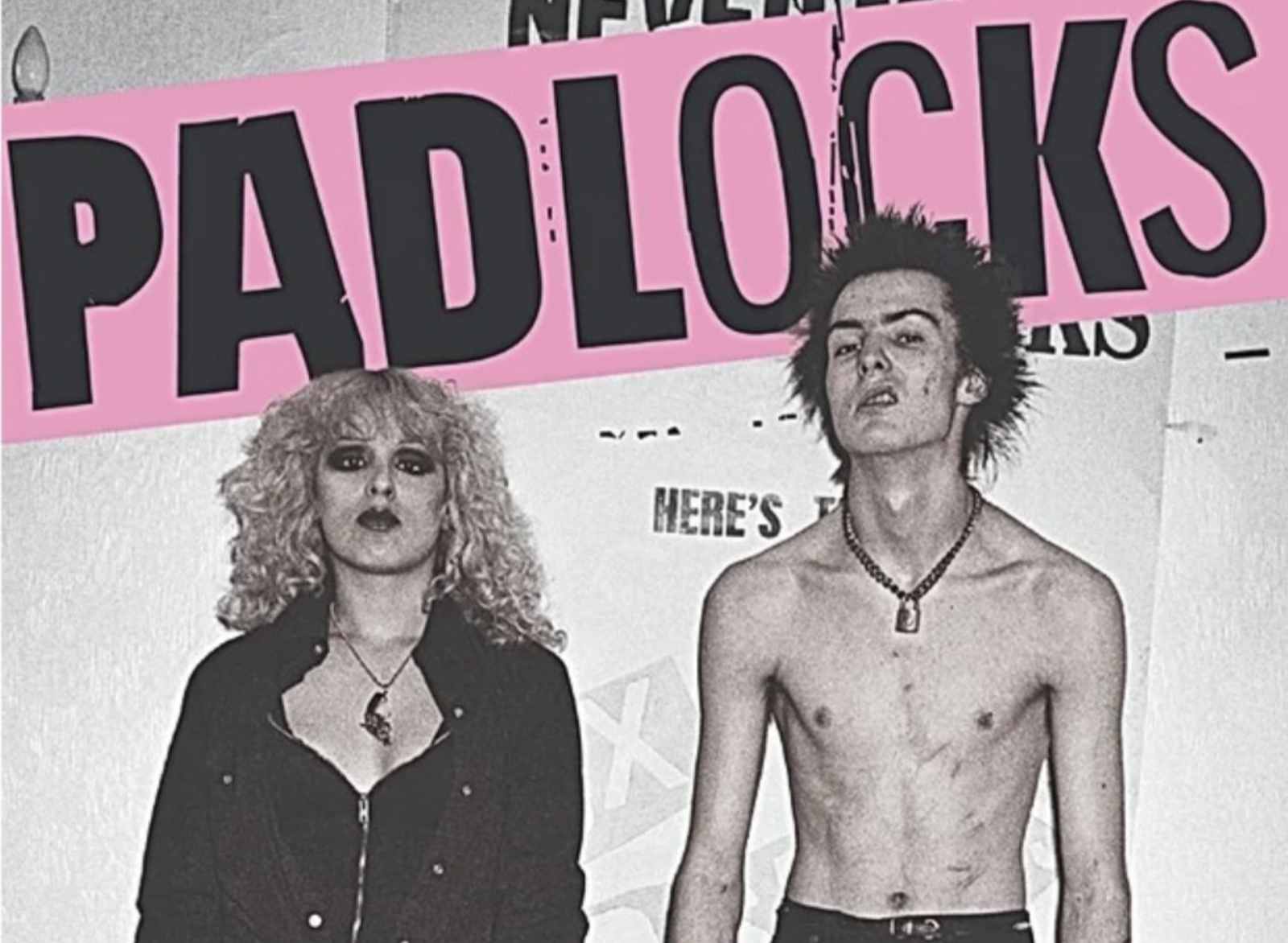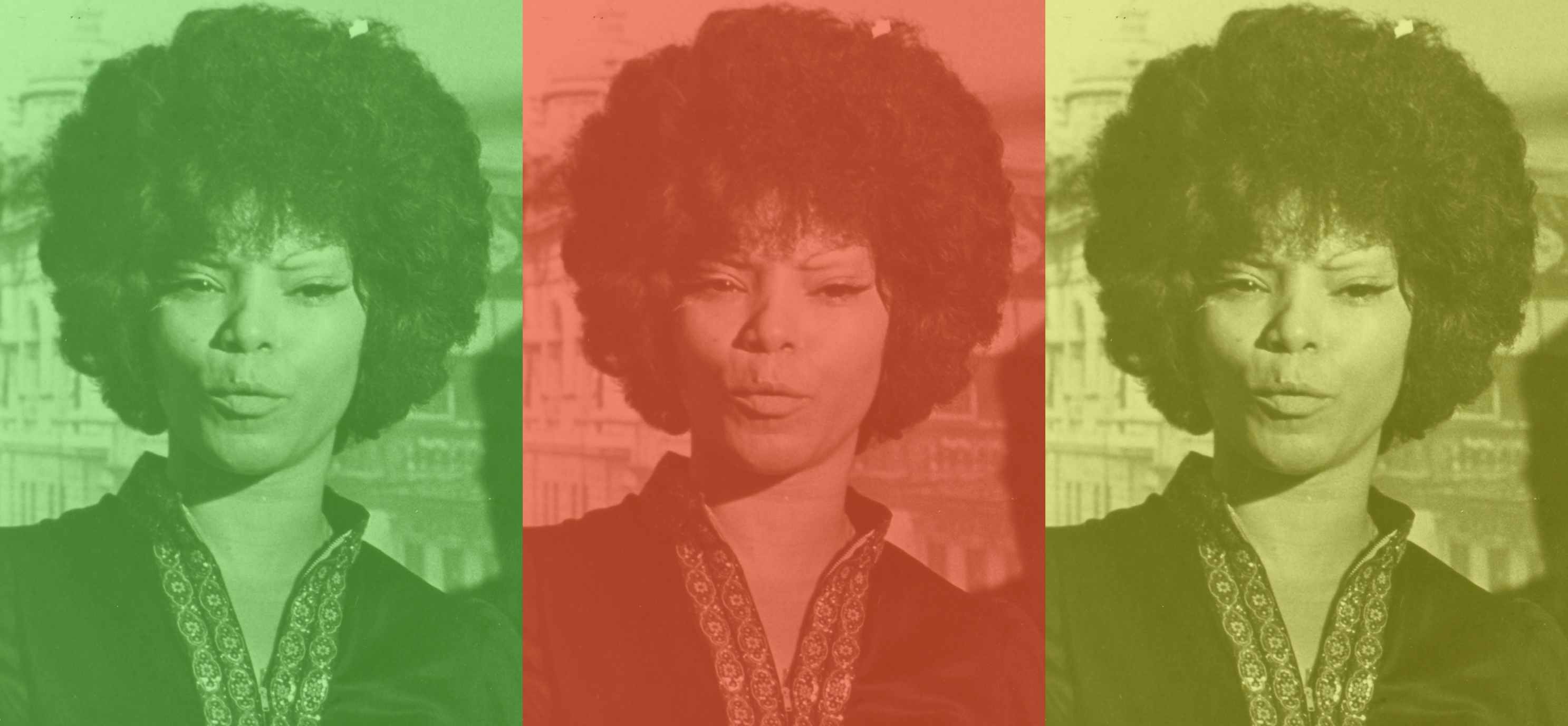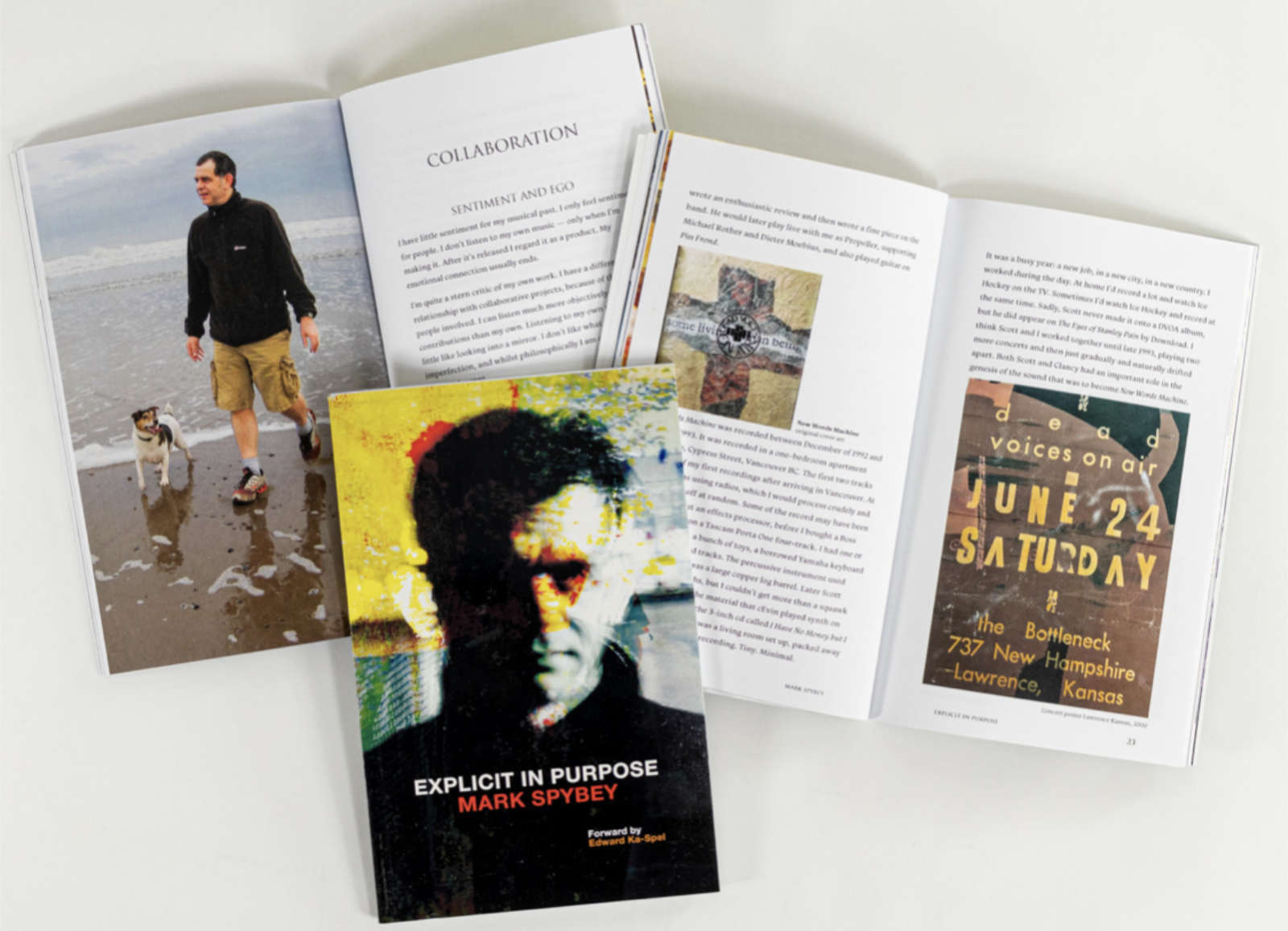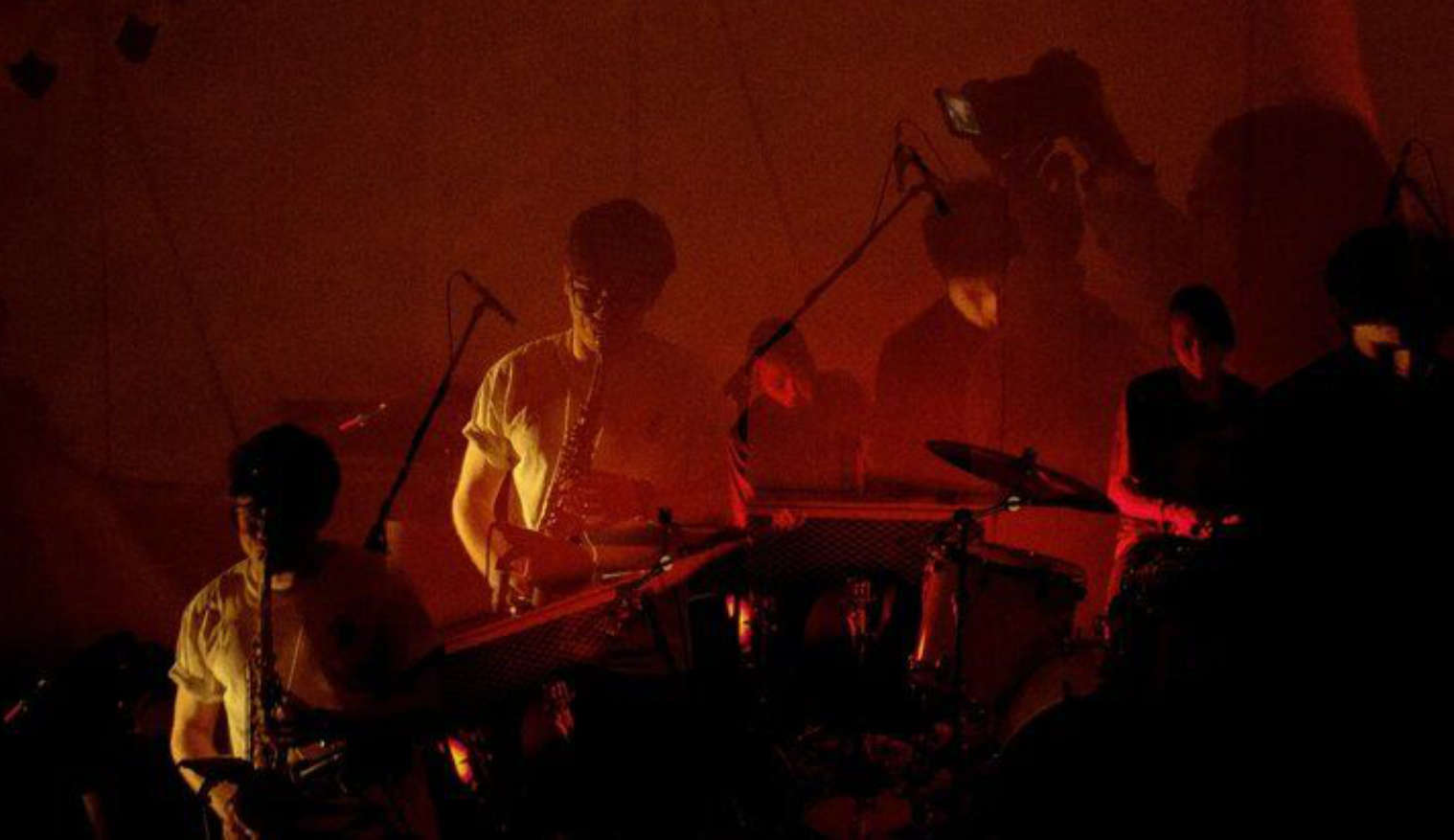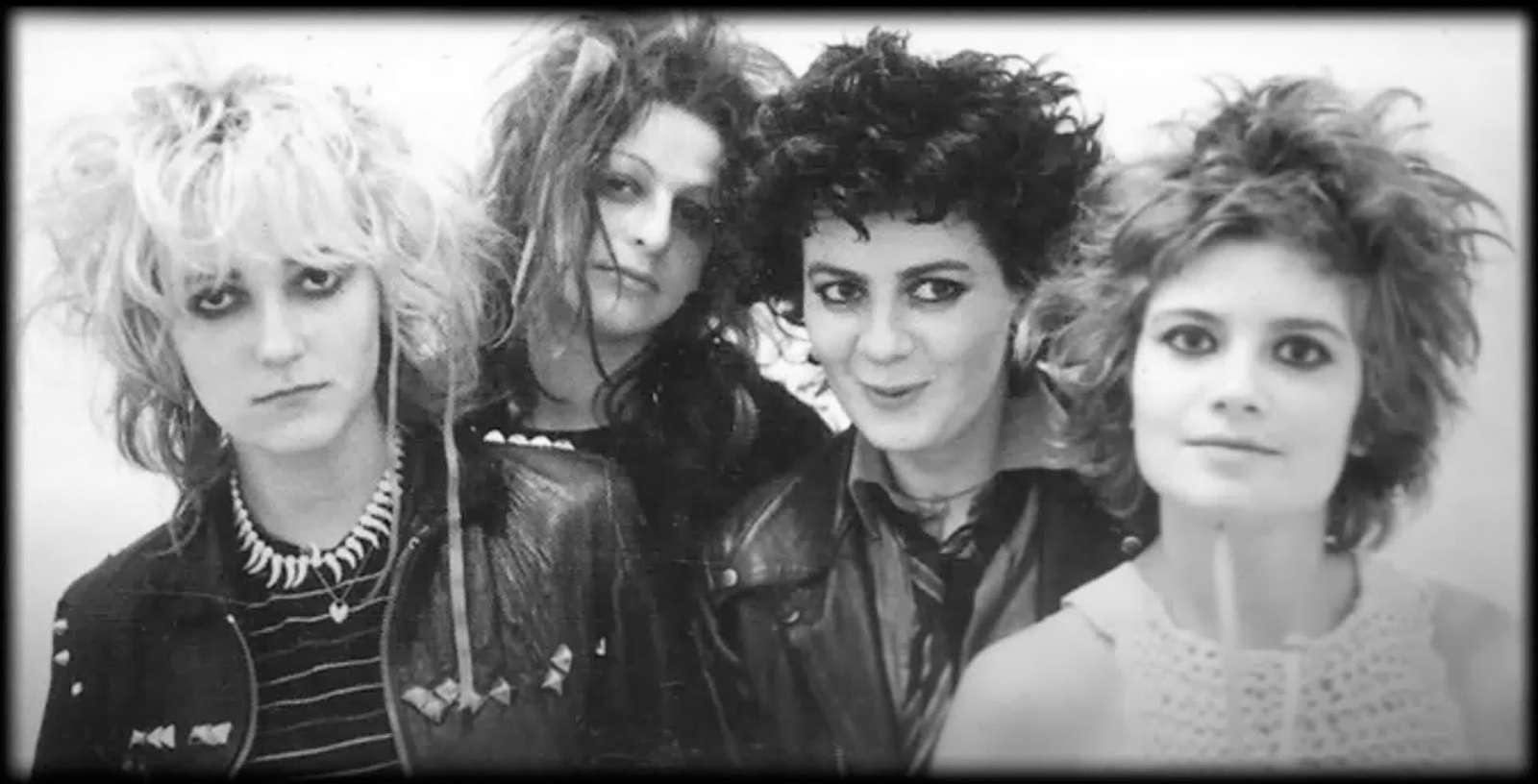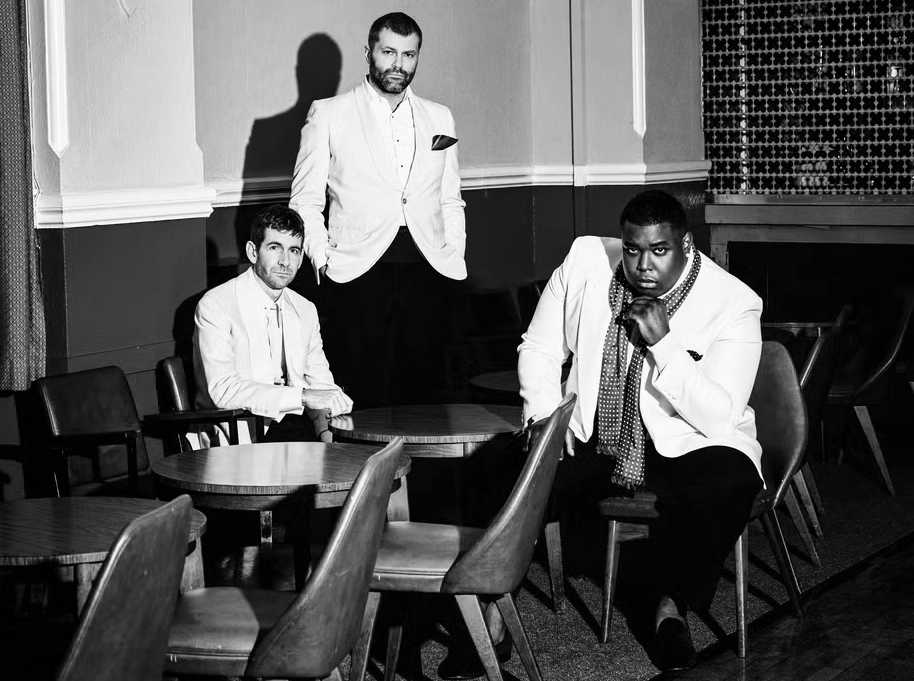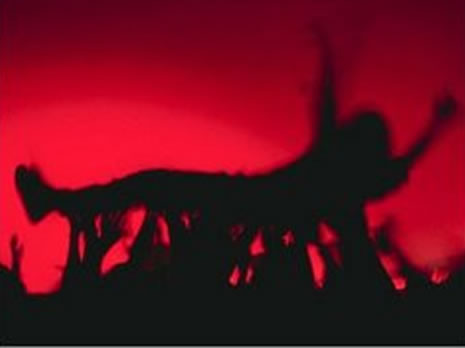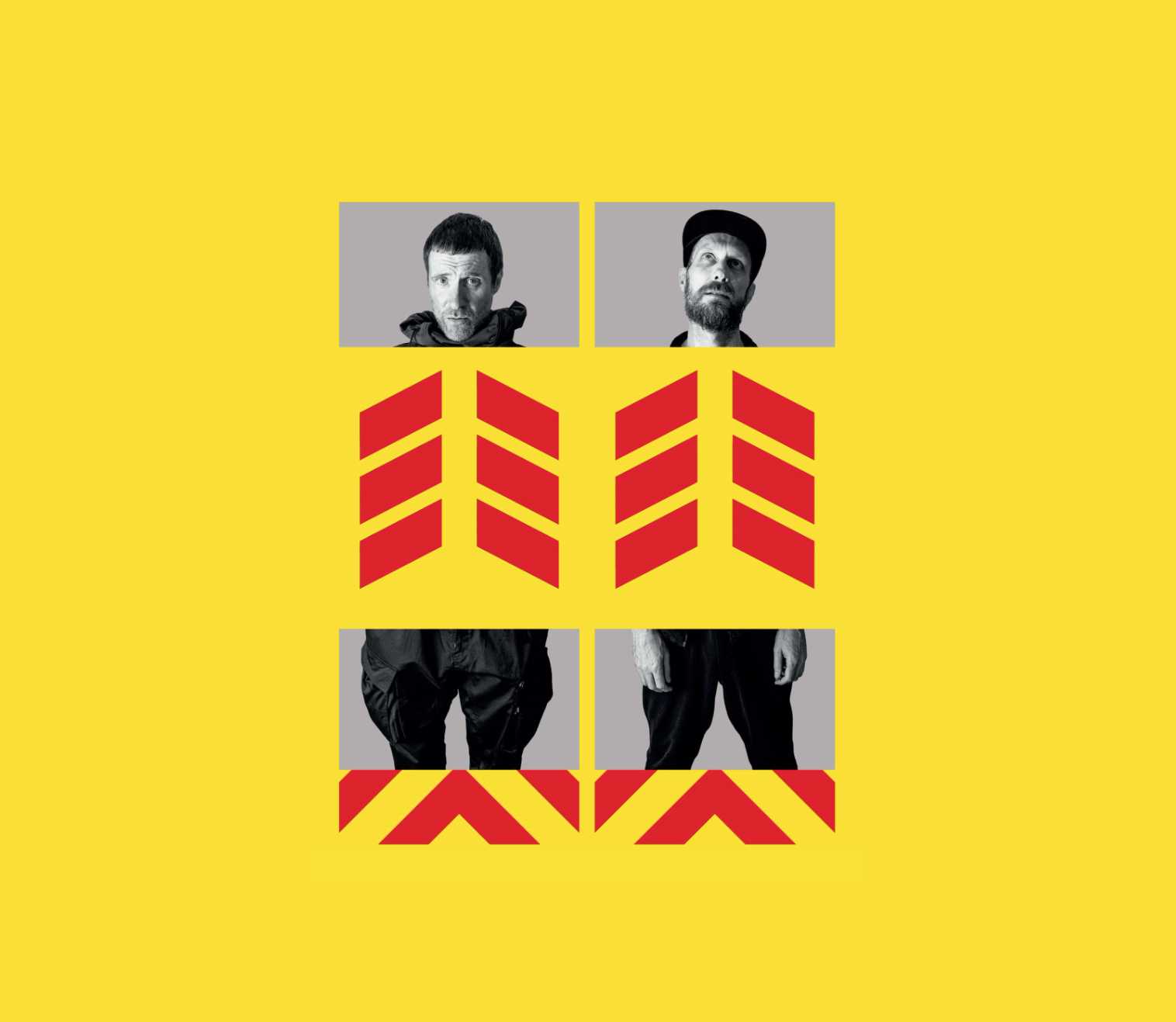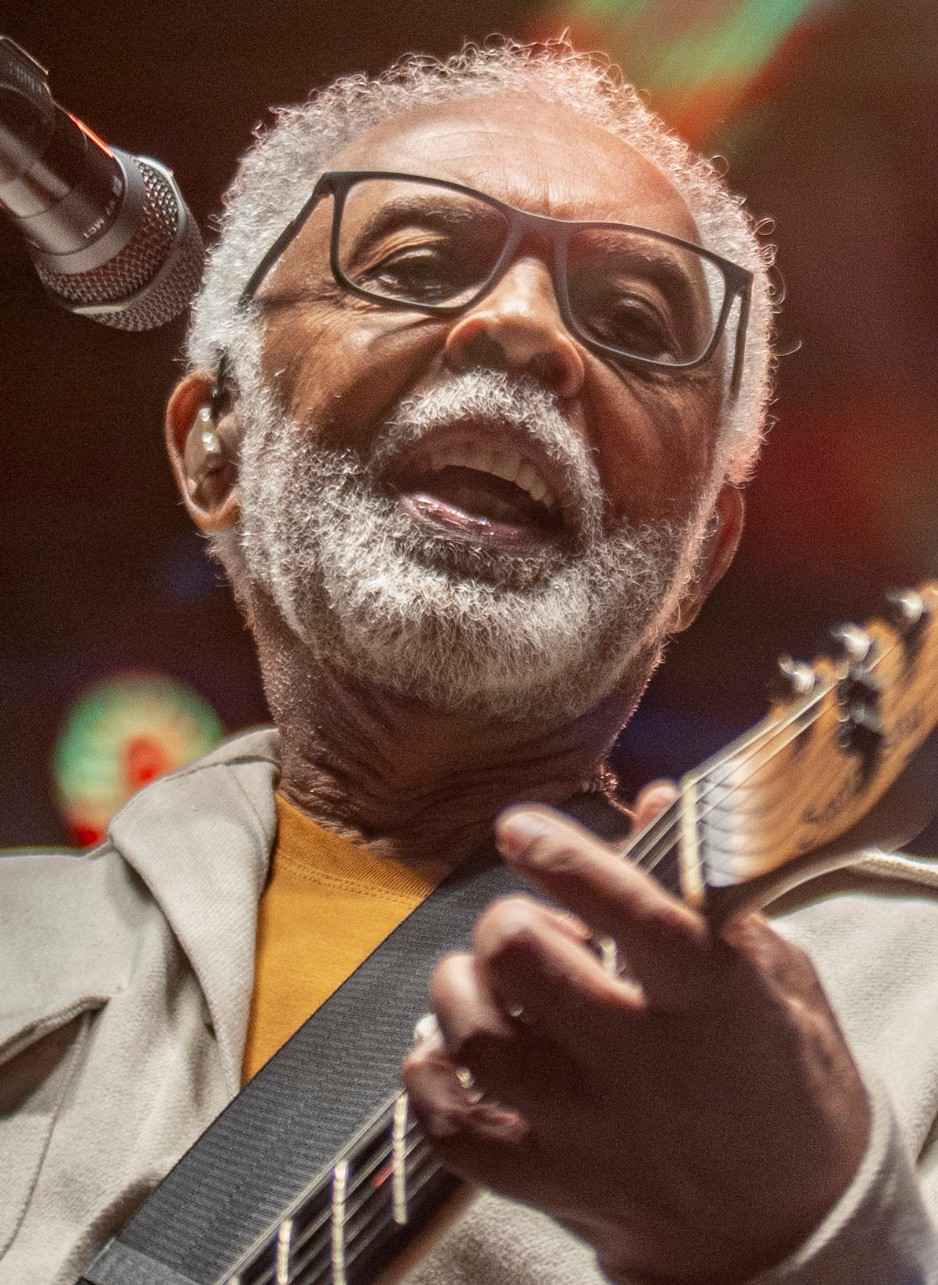 Just turning eighty, Gilberto Gil performed at the Royal Albert Hall in London during his farewell tour, captivating the audience with his energy. Political prisoner, exiled psych-rock idol, reggae pioneer, cabinet minister, reality TV star, and soundtrack maker... the English-speaking world truly lacks an equivalent to the Brazilian polymath Gilberto Gil.
Just turning eighty, Gilberto Gil performed at the Royal Albert Hall in London during his farewell tour, captivating the audience with his energy. Political prisoner, exiled psych-rock idol, reggae pioneer, cabinet minister, reality TV star, and soundtrack maker... the English-speaking world truly lacks an equivalent to the Brazilian polymath Gilberto Gil.
Born on June 26, 1942, in Salvador, Bahia, Gilberto Gil was raised in the countryside in Ituaçu as the son of a doctor and a primary school teacher. During his elementary school years, he was homeschooled by his grandmother. For middle school and junior high, he moved back to the capital in search of better opportunities. There, he attended the Colégio Nossa Senhora da Vitória, run by the Marist congregation. Gil was influenced by Luiz Gonzaga, a prominent figure in Brazilian music, particularly during the late 1940s and early 1950s, known for a Northeastern rhythm called baião. Baião is characterized by distinctive beats played on a zabumba drum and accompanied by accordion and a triangle. Gil began learning to play the accordion, initially through private lessons, but later, until 1956, he attended the Academia de Acordeom Regina.
At the age of 17, Gil began exploring metrical poetry, inspired by his Brazilian Literature lessons, drawing from Romanticist Brazilian poets like Gonçalves Dias and Castro Alves, as well as Parnassian poet Olavo Bilac. Some of these poems were later transformed into songs. Simultaneously, he joined a musical ensemble, Os Desafinados, as an accordionist, a role he held until 1961. They performed at events such as birthday parties, schools, and club gatherings. Gil was also influenced by the bossa nova scene and the success of João Gilberto, which led him to learn to play the acoustic guitar.
After completing high school, Gil initially aimed to study engineering but was not accepted. He then tried business administration. In parallel, he participated in the Ministry of Finance's competition to work at the customs office. However, he always kept his acoustic guitar close at hand.
By the age of 20, Gil had composed his first songs with the acoustic guitar, primarily in the bossa nova style. He began to create jingles and participate in their studio recordings at JS Discos. He also started appearing on television with musical programs on TV Itapuan, which was a significant broadcaster in the Bahia state and had national importance. During this time, he recorded a 78 RPM compact record made of carnauba wax, featuring his first recorded song, "Bem Devagar," performed with the vocal group As Três Baianas (which later evolved into Quarteto em Cy), with Gil participating in the recording by playing the accordion. The same record label released a single compact record featuring the song "Povo petroleiro," created for Petrobras, a state-owned Brazilian multinational corporation in the petroleum industry. On the B-Side, Gil performed the carnival march "Coça, coca, lacerdinha," marking his first recording as a singer.
In 1963, Gil recorded and released his debut album, "Gilberto Gil," with JS Discos. It was released as a double EP with four of his original songs: "Serenata do teleco-teco," "Maria Tristeza," "Vontade de amar," and "Meu luar, minhas canções." In the same year, his second record was released, a 78 RPM featuring a samba of his own composition recorded under the title "Decisão" (also known as "Amor de carnaval," as it was later edited), and a march-rancho "Vem, Colombina" written by Silvan Castelo Neto and Jorge Santos. It was also in 1963 that he was introduced to Caetano Veloso by a producer, and shortly after, he met Maria Bethânia and Gal Costa.
In 1964, a significant event was the start of the military dictatorship in Brazil in April. This period is remembered for its brutality, horrors, and its far-reaching consequences across various aspects of society. In June, Gil, Caetano, Bethânia, and Tom Zé performed in the show "Nós, por exemplo," which inaugurated the Teatro Vila Velha in Salvador. Under the overall direction of João Augusto (with musical direction by Gil and Roberto Santana), the performance also featured Alcyvando Luz, Antonio Renato, and Djalma Correa. The repertoire included bossa nova and songs by Dorival Caymmi and other participating composers. These were significant names in Brazilian culture. In September, their play returned to the stage at Teatro Vila Velha. In the same year, Gil graduated from business administration.
In the following year, he moved to São Paulo and started working as a trainee to become a company director at Gessy Lever. After spending some time in a hotel and later in Campinas, where the Gessy factory is located, he settled in Cidade Vargas, a suburb of the capital. Music remained an integral part of his life, and during his spare time, he continued to meet other prominent figures in Brazilian music and compose songs. Until 1966, he shifted his career to full-time involvement in the music industry, with a few moves between the Brazilian Northeastern region and Rio de Janeiro.
In 1967, a pivotal moment was his performance of "Domingo no Parque" with Os Mutantes at the 3rd Festival of Brazilian Popular Music on TV Record. This marked the beginning of a significant cultural movement, of which Gil was one of the leading figures. The movement became known as "Tropicália." This was a cultural and artistic movement that emerged in Brazil in the late 1960s, not limited to music but also encompassed visual arts, literature, and theatre. It was characterized by a fusion of various musical genres, including Brazilian folk music, rock, pop, and avant-garde elements. Tropicália was known for its innovative and provocative approach to music and the arts. It was seen as both a celebration of Brazil's rich cultural diversity and a reaction against the authoritarian government of the time. The movement played a significant role in shaping Brazilian popular culture and music. Some legacies of these somber times are his creations, such as the award-winning song "Cálice" (which was censored during the regime as it is a pun to ‘cale-se,’ shut up) and prestigious albums in Brazil like "Panis et Circensis."
By the end of 1967, on December 13, Institutional Act No. 5 was enacted, which curtailed artistic and citizen freedom. Gil was arrested in São Paulo, becoming a victim of the exceptional measures resulting from this publication. He was taken to Marechal Deodoro's Army barracks in Rio. He was released on Ash Wednesday in the following year, and he headed to Salvador, where he would be subject to a regime of confinement until leaving the country. During this period, Gil lived with Rogério Duarte and the musician and philosopher Walter Smetak in Bahia. After performing a farewell show (which would later become an album) at Teatro Castro Alves, Gil and his wife went into exile in London, where they lived in the Chelsea neighborhood.
In London, Gil played a show at the Royal Festival Hall, the first in a series of concerts in theatres across England and other European countries, including France, Switzerland, Germany, Austria, Denmark, and Sweden. Gil, Caetano, and other Brazilian musicians performed an impromptu show outside the program at the Isle of Wight festival in England. During this time, Gil lived in Notting Hill Gate. In the same year, Gil recorded the songs he composed for the soundtrack of the film "Copacabana mon amour," directed by Rogério Sganzerla, at the Chappell studio in London. Gil also participated in a jam session at the Revolution club in London with musicians such as David Gilmour from Pink Floyd and Jim Capaldi from the group Traffic, among others. This participation in jam sessions, which had already occurred in 1970, would be repeated the following year.
In 1972, Gil returned from exile, initially to his hometown and then to Rio de Janeiro. He embarked on a series of concerts, starting with "Gilberto Gil in Concert." The show, which toured the main capitals of Brazil, featured the repertoire of the album that Gil would record next and marked the beginning of a long series of shows he would perform in the following years. In a special edition of Bondinho magazine, a double compact record was released with songs like "O somônre termina," "Oriente," "Happiness comes later," and "Expresso 2222," all by Gil. After his return to Brazil, Gil continued to record Brazilian popular music, including albums like "Refavela" and "Realce," which had songs influenced by reggae and the culture of Bahia. During this period, Gil became deeply involved with reggae, incorporating elements of this Jamaican genre into his music. This decade was also the start of his tours across Brazil, and he even went to France and participated in the 2nd World Festival of Black Art and Culture in Lagos, Nigeria, where they spent about a month. This experience served as the basis for the album that Gil would create upon his return, and it marked the start of his summer European tours across the capitals of the old continent.
In 1978, Gil moved to the United States, residing in Los Angeles, where he would be based until May 1979. He prepared to record his first album made exclusively for the foreign market, produced by Sérgio Mendes. Gil toured several North American cities, performing mainly in university theaters to promote the recently released "Nightingale." He also released a single compact record with "Não chore mais," Gil's version of the reggae song "No Woman, No Cry" by B. Vincent, which was recorded by Bob Marley, and "Macapá" by Luiz Gonzaga and Humberto Teixeira. "Não chore mais" became his biggest hit, and the album would sell 750,000 copies, making it a sort of anthem in Brazil. In the United States, Gil began recording the LP "Realce."
Between the 1980s and 1990s, Gil incorporated pop and global influences into his music, collaborating with artists from various backgrounds and experimenting with new styles. He worked with artists from diverse cultures, blending influences into his music. During this time, he recorded the album "Luar – A gente precisa ver o luar," marking the beginning of Gil's association with Liminha, who would go on to produce his albums. He toured in new places, such as Mexico, Colombia, Israel, the Caribbean, the Middle East, and Japan.
In 1995, Gil performed the opening show and participated in Stevie Wonder's performance, singing in a duet with the North American artist in Rio and São Paulo as part of the Free Jazz Festival. He was the winner of the 41st Grammy Awards in the "Best World Music Album" category with the album "Quanta Live" and in 2002, he won the Latin Grammy in the "Best Brazilian Roots/Regional Album" category with the album "São João Vivo." In 2010, He received two Latin Grammys, in the categories of best Brazilian popular music album, with Bandadois, and best Native Brazilian Roots album, with Fé na Festa. In 2019, he won the Latin Grammy in the best Brazilian popular music album category, with OK OK OK. In 1996, Gil performed at EBRATEL headquarters in Rio, in the first live show by a Brazilian artist broadcast in real time over the internet. The music "On the Internet" (by Gil) was also available online, and he became the first Brazilian artist with an exclusive channel on YouTube in 2008.
Gil has always had a strong political and social presence in his music, with his activism reflected in several songs and actions throughout his career. In 1979, Gil became the first Black person to join the Culture Council of the State of Bahia. In 1987, he became the president of the Gregório de Matos Foundation, serving as a Municipal Department of Culture in Salvador. During his administration, cultural relations between Bahia and Africa were intensified, and significant projects, such as the Casa da Bahia in Benin and the Casa do Benin in Salvador, were developed. A recovery project for the historic center of Salvador was designed by the architect Lina Bo Bardi and her team.
In 1989, Gil created the Onda Azul movement, of an environmentalist nature, with the objective of defending the waters of the Brazilian seas and rivers. Gil fought at local and federal levels for the discussion and implementation of the project's proposals. In 1988, Gil was elected councilor with the highest number of votes among all the candidates, his term as a councilor ended in 1992, and he withdrew from politics. In 1998, Gil was poised to be the Minister of the Environment in the new government assembled by the recently elected president Fernando Henrique Cardoso. He volunteered for this role. In 1995, Gil began working as a member of the board of Comunidade Solidária, a social project run by the government of President Fernando Henrique Cardoso.
In 2002, Luiz Inácio Lula da Silva, the president elected by the PT, invited Gil to be the Minister of Culture. This invitation was accepted, and the ministry announcement was made at Christmas. During his tenure, he achieved important milestones, including the inauguration of the Museu da Maré in Rio, the first museum in a favela in Brazil, which tells the history of the 16 communities in the complex. In his speech, Gil highlighted the importance of the initiative as a way to improve residents' self-esteem and generate community involvement in social and citizenship issues. In 2008, Gil resigned as Minister of Culture. The person who replaced him in the post is Juca Ferreira, on his recommendation.
In 2001, Gil's show, as part of the Christmas without Hunger campaign, brought together 45 thousand people at Praça da Paz in Ibirapuera Park, São Paulo. In 2021, he was elected an immortal by the Brazilian Academy of Letters (ABL) to occupy chair number 20.
Gilberto Gil's music continues to be relevant and influential to this day. His ability to evolve musically, embrace new trends, and convey meaningful messages makes him an iconic figure in Brazilian and global music. His legacy endures as an example of creativity and social engagement in music. He paved the way for a generation of Black Brazilians who were seeking direction and gave them a sense of pride and identity. This is especially significant for the Brazilian Northeastern region, which continues to face extreme poverty and regional prejudice, despite being the birthplace of remarkable cultural icons.
Essential Information
Main image, Gilberto Gil in Japan in 2007, by Joi Ito
